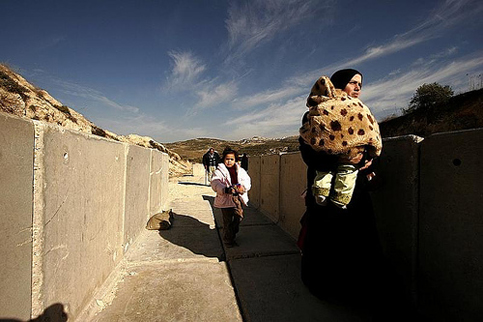- Al-Ahram. by Amina Elbendary. May 2008.

- Photo: Javasroe. Cairo streets…
What connections can be drawn between the waves of student and popular protest that swept the world in 1968? Amina Elbendary asks Hossam Issa, an Egyptian student in Paris in May 1968…
May 1968 was an exceptional moment in world history, but like moments of protest before and since it had its roots in events long before and its echoes have continued to reverberate long afterwards. In addition to the revolt in Paris in May, 1968 also saw protests in other parts of the world, including Belgium, Czechoslovakia, Mexico, Pakistan and the US. The ongoing war in Vietnam and continuing racial tensions led to student demonstrations in the latter country, notably at Columbia University in New York and at Berkeley in California.
In Egypt’s case, the 1968 events came at a time when the state was already under pressure from failing development goals, and it had resorted to coercive measures in the years leading up to the 1967 defeat. However, popular protest against the regime had been growing since the mid 1960s, and, as Hossam Issa, Professor of Law at Ain Shams University in Cairo recalls, confrontation between students and the authorities had already taken place in summer 1966 when postgraduate students on state-funded study abroad were summoned home to discuss their criticisms of the government with the then president, Gamal Abdel-Nasser.











